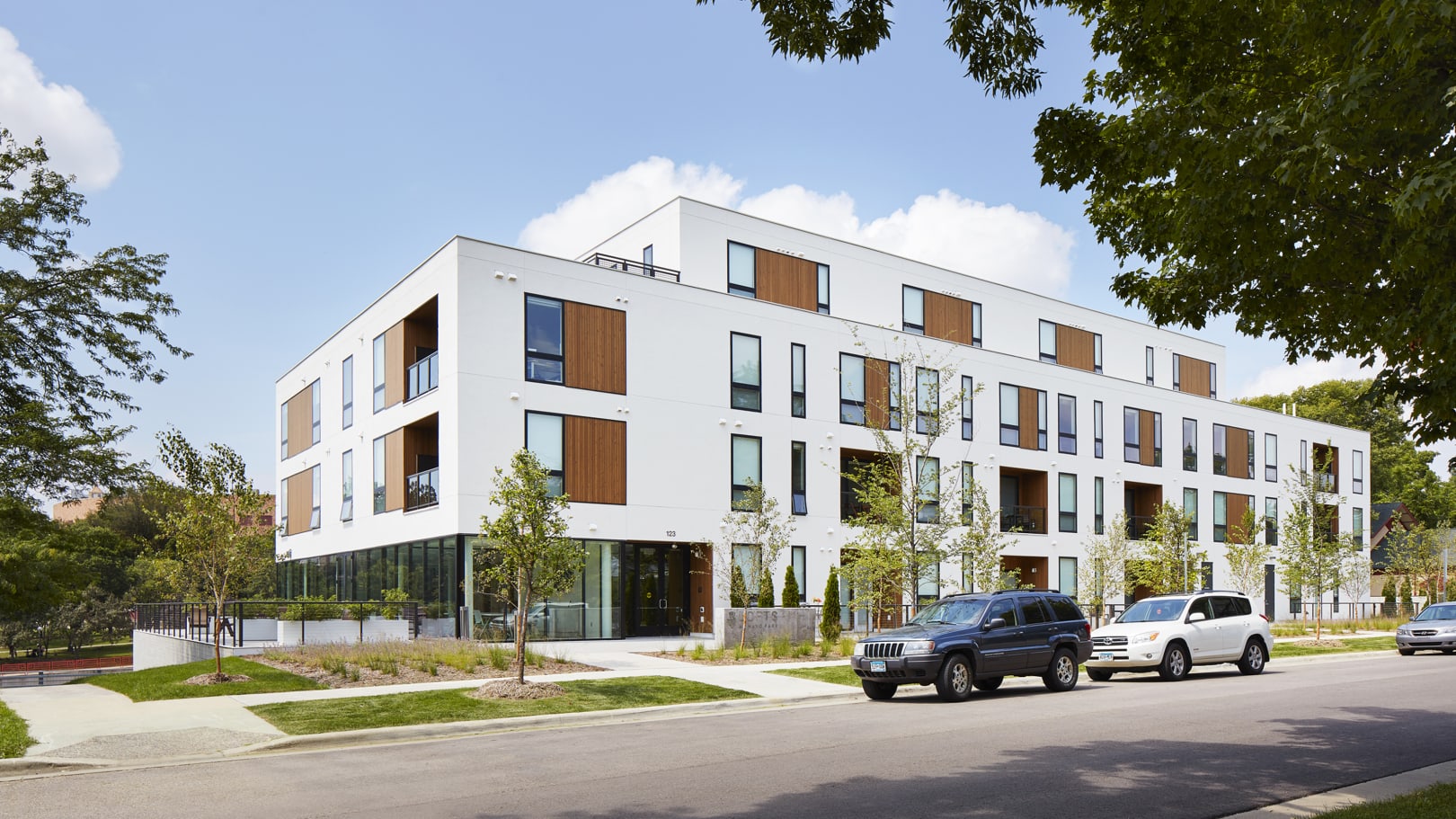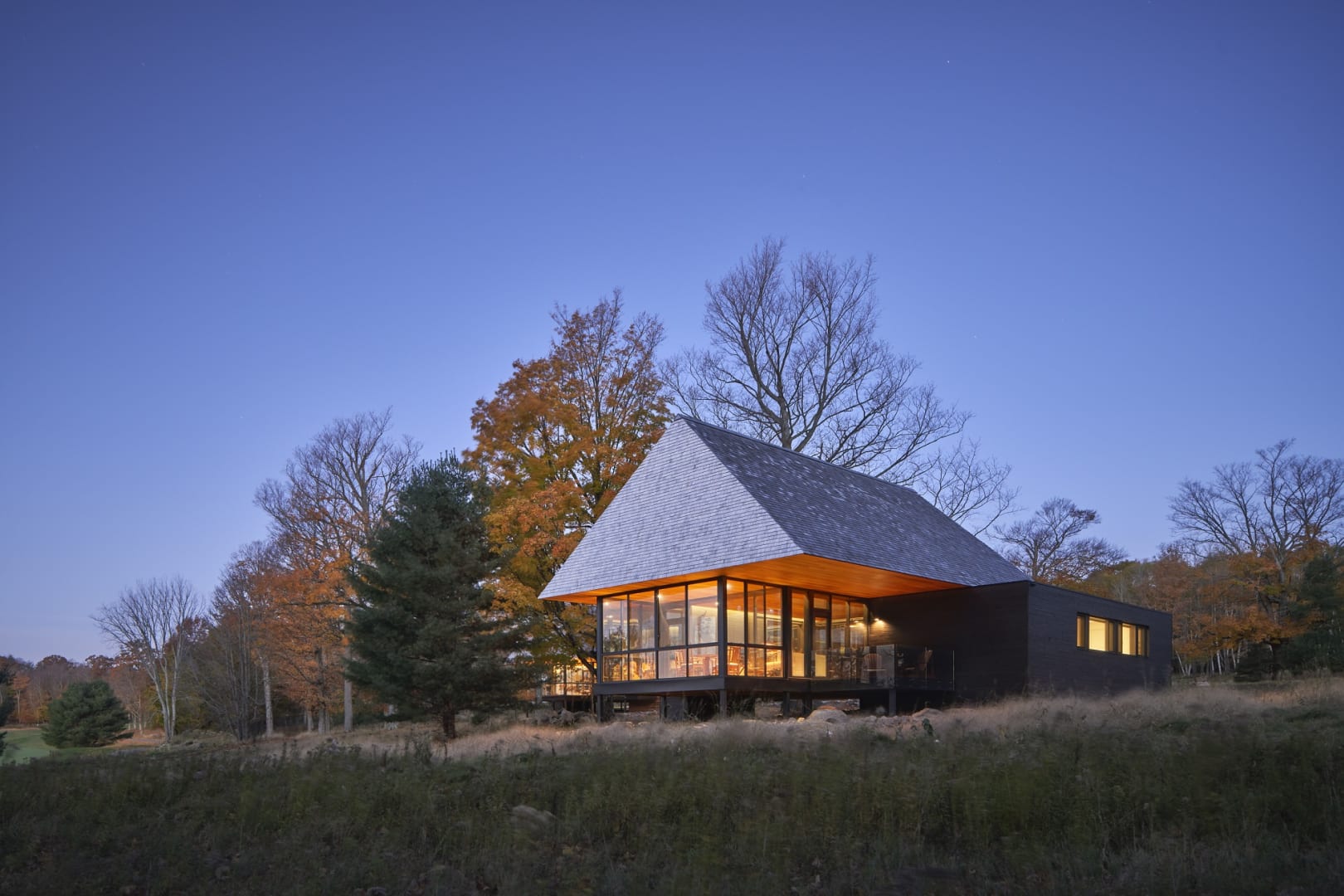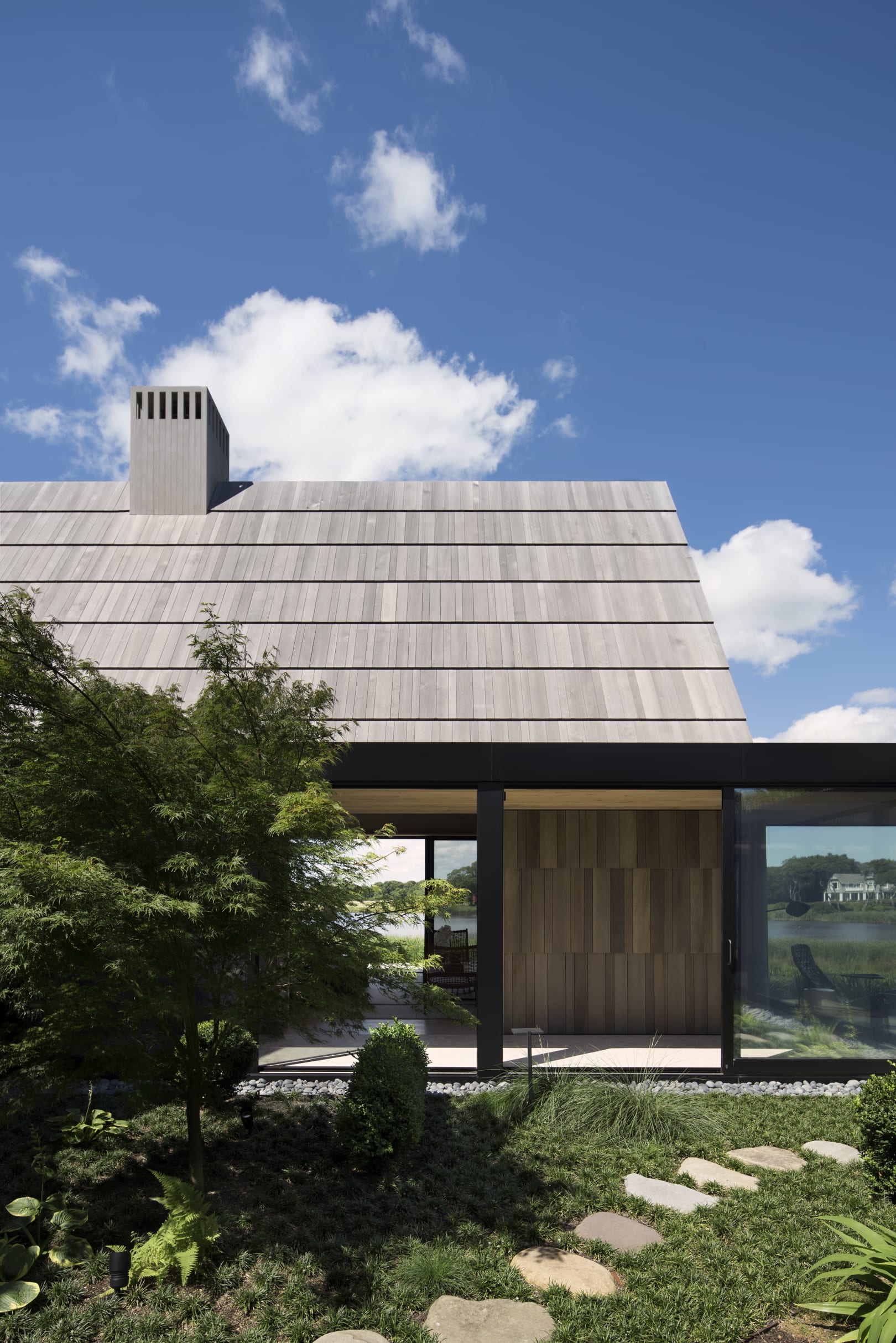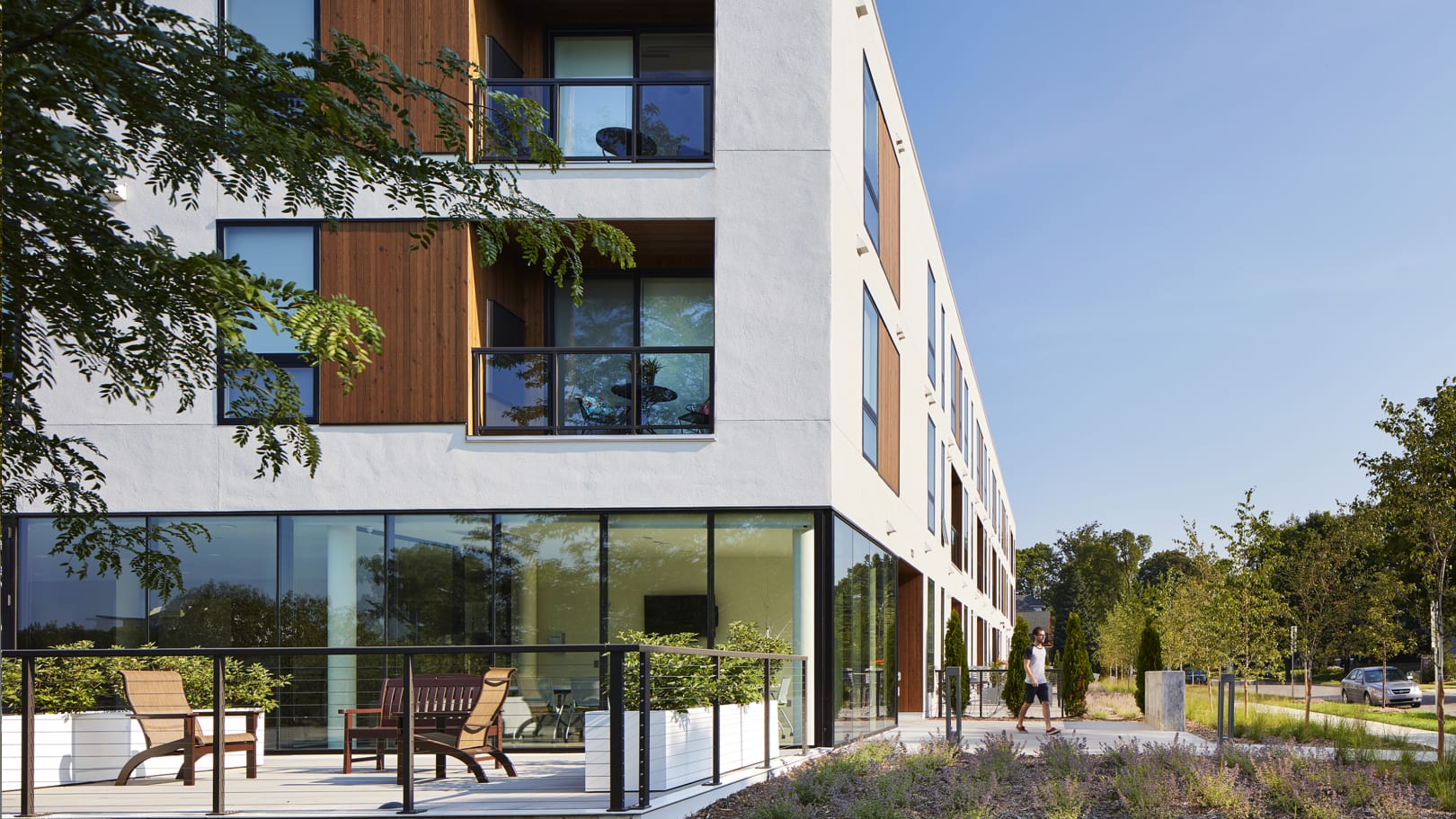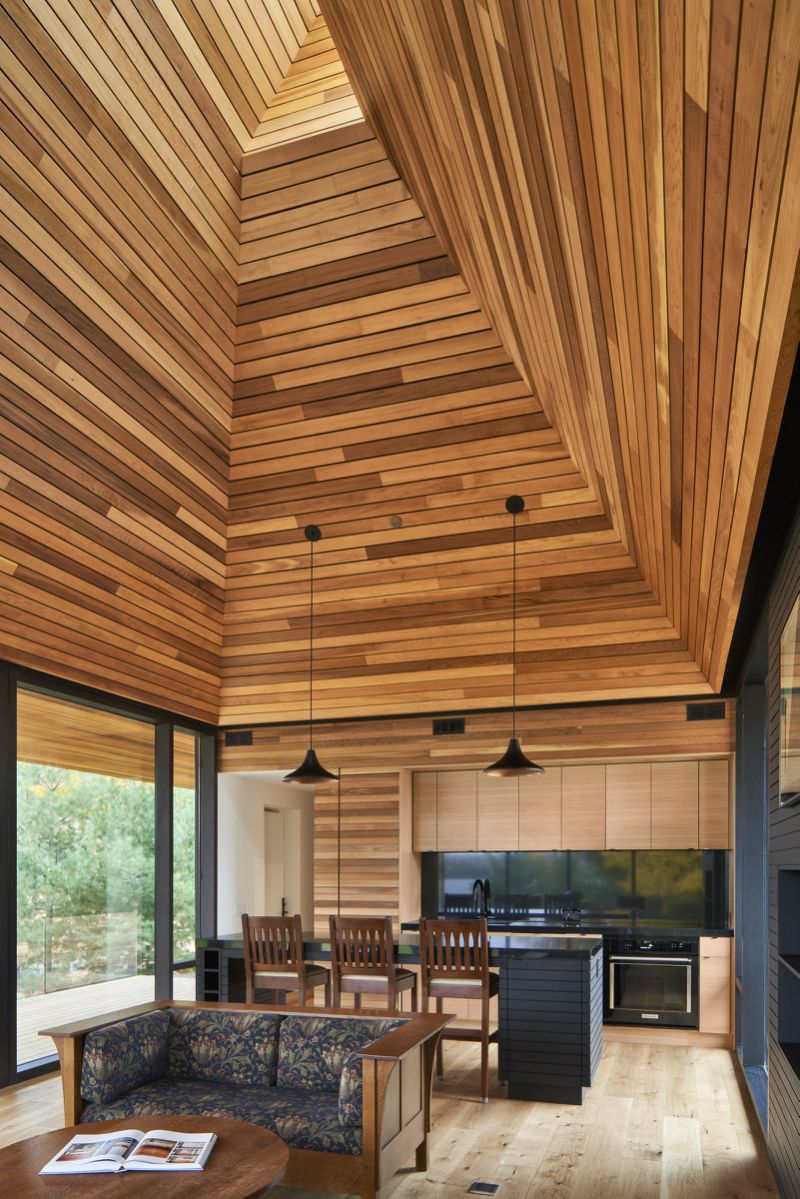AIA Golden Empire Design Awards
More information to come! Until then here is a helpful read to make the most out of your Design Award Entry!
Creating a Strong Awards Entry – The key to getting your project recognized and awarded.
-Image is everything.
Well composed imagery that supports the project narrative and clearly conveys the project intent is critical. Invest in professional photography. Your project and the ideas it conveys are worth it.
-Start with your best image, end with your second best image.
Bracketing your presentation with your best images ensures that the jury will be interested to see more of the project, and will feel rewarded for making it all the way through your presentation. A happy jury is one that recognizes projects with awards.
-Know your message and use images, graphics, and diagrams that support it.
Be very clear about what your project is and what ideas you want to convey. Let the images support your narrative and be willing to edit out those that don’t. One bad image that leaves an incongruous message can sink an otherwise award-worthy entry.
-Be sure that your images and your narrative are in sync.
If they each tell a different story you must edit them until they are synchronized. Maybe your images need to change, maybe your narrative needs to change – maybe both need to change. Be willing to make that change to be recognized.
-Have a big idea, but don’t forget that details matter.
Your entry should convey the project’s ideas from big picture to small detail. Be sure to include details, graphics, or diagrams that support your idea at the small scale too.
-The jurors are architects, and like all architects, they like plans, sections, and other diagrams that convey the project meaning in different ways.
Be sure to include compelling diagrams or quality that help support your project idea, and don’t be afraid to make them the star players in your presentation.
-Find a way to make the project “challenge” and your innovative “solution” clear and understood.
In the end, the jury wants to know what was uniquely difficult about the project, and why your solution is uniquely worthy of recognition. A great looking project just isn’t enough. It needs to be a compelling project too.
-Convey the design process through your choice of images, drawings, diagrams, etc.
The jury is always interested in the genesis of an idea, and how that idea developed into an award-winning solution. Be sure your images, narrative, and diagrams convey and support your design process.
-Be sure to show “before and after” images and graphics for any project that was a remodel, restoration, addition, conversion, etc.
No solution is compelling on its own without an understanding of its starting point and the logistics that lead the architect to the solution being presented. Be sure to demonstrate how your solution transformed the original work and how that transformation led to a better piece of architecture.
-Context and site constraints are a primary force on any project.
Be sure your presentation accurately conveys the context surrounding it, and what unique site characteristics influenced the design.
-Unbuilt, on-the-boards, or projects in construction need to go even farther than a built project to get recognition.
We all know that what gets built can often times be something less than what is conceived. Because of this, an unbuilt project must be so compelling that the jury can not only imagine how nice it will be when built as shown but even how nice it can be if it’s built as something less than what shown. Be sure to convey the project completely with plans, section, elevations, renders, diagrams, etc. so that there is no question how incredible it is as an idea, and how incredible it will be as a building.



